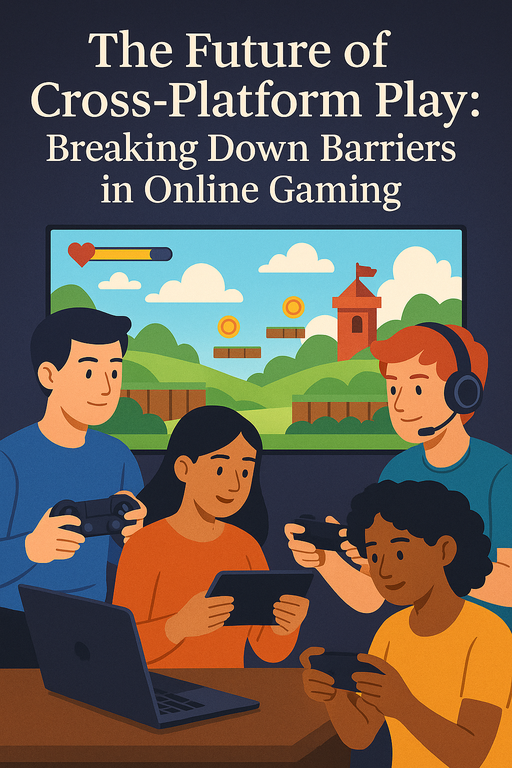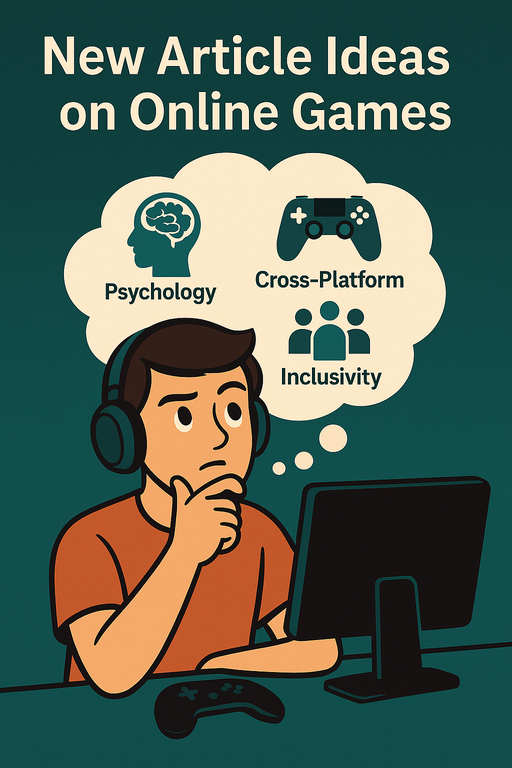In the past, online gaming felt like living in a divided world. PlayStation users couldn’t challenge their friends on Xbox. PC gamers couldn’t join mobile lobbies. For decades, gamers were locked into their chosen platform, with little hope of playing together. But all that is starting to change. Cross-platform play is no longer just a dream — it’s becoming the new standard.
As technology evolves and demand grows, game developers and companies are beginning to recognize a simple truth: players just want to play — with friends, across devices, regardless of the brand printed on their console or the size of their screen.
Why Cross-Platform Matters
Cross-platform gaming isn’t just a technical upgrade — it’s a cultural shift. It’s about community, accessibility, and giving players freedom. In a world where games are more social than ever, the ability to connect with others, no matter the device, is a powerful change.
For years, players were divided not by choice, but by corporate boundaries. A friend group using different devices had to choose one platform or give up playing together. Cross-play removes this pressure. It makes gaming more inclusive, allowing people to connect regardless of the hardware in their hands.
A Win for Players and Developers
From the player’s side, the benefits are clear. Cross-platform play means shorter matchmaking times, larger online communities, and the ability to keep friendships strong across devices. For developers, it expands the potential audience, keeps games alive longer, and creates richer multiplayer experiences.
Many popular games have already embraced this shift. Titles like Fortnite, Rocket League, Call of Duty: Warzone, and Minecraft have become pioneers in the cross-platform movement. They’ve shown that when the barriers fall, the gaming experience becomes better for everyone.
The Challenges Still Ahead
Even with progress, there are still technical and business hurdles. Different platforms run on different systems, and syncing gameplay, progression, and performance can be tricky. There’s also the issue of fairness — for example, a player using a mouse and keyboard may have an advantage over someone using a controller. Balancing these differences takes time, testing, and cooperation between companies that have long operated in silos.
Then there’s the competitive aspect. Some companies are hesitant to open their systems to competitors, fearing it might weaken their market position. But as players increasingly demand freedom, resistance to cross-play becomes harder to justify.
The Role of Cloud Gaming
Cloud gaming is another force driving cross-platform growth. Services like Xbox Cloud Gaming, NVIDIA GeForce Now, and others are making it possible to play console-quality games on smartphones, tablets, and low-end PCs. This not only blurs the line between platforms but also introduces a more flexible, device-agnostic future.
As internet speeds improve and more games move to the cloud, the importance of platform boundaries may continue to fade. The future could be one where the game itself is the only thing that matters — not where or how you play it.
Looking Ahead: A More Unified Gaming World
Cross-platform gaming has come a long way in just a few short years. What was once an exception is slowly becoming the expectation. As companies listen to their audiences and collaborate more openly, the future looks increasingly unified.
This change isn’t just good for gameplay — it’s good for the spirit of gaming itself. Games have always been about bringing people together, telling stories, and sharing experiences. With cross-platform play, we’re closer than ever to making those connections stronger and more inclusive.






Leave a Reply